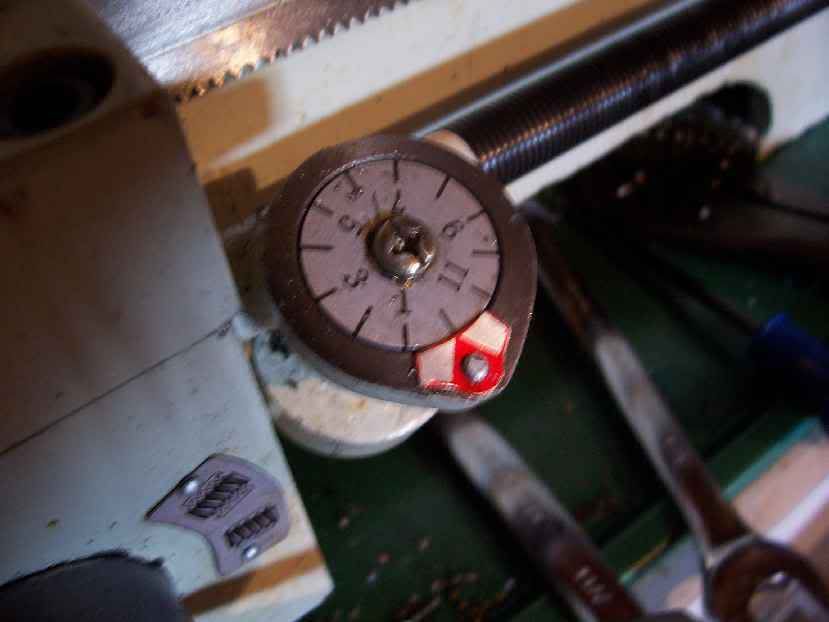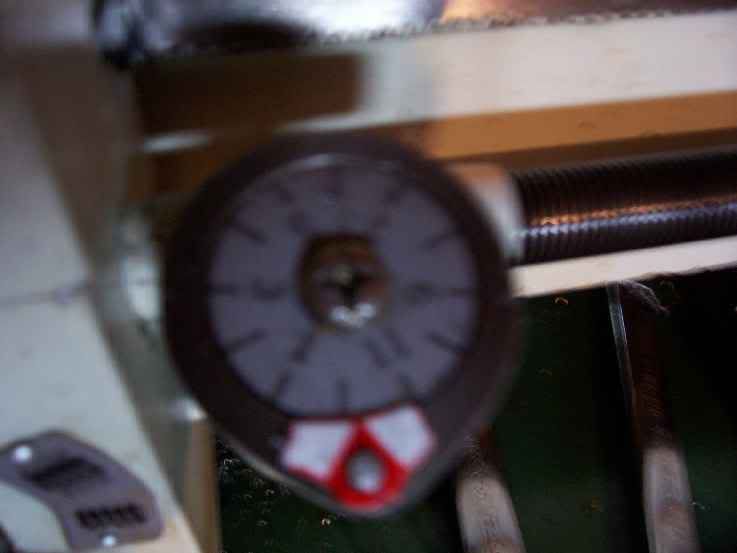Smogs,
A bit of confusion here, so I will try to talk you thru it.
The threading dial should, when screwcutting, be permanently engaged onto the leadscrew. The threading dial tells you when the threads on the leadscrew are in the correct position for you to engage your half nuts.
When just starting out in thread cutting for the first time, it is best to disregard all the numbers on the threading dial except for one, and I would make that number No.1.
As kvom says, if you don't move the job in the chuck jaws, whenever you put the lever for the half nuts down, as long as that number you have selected on the dial is lined up with the pointer, the tool tip will be in the correct position for staying in sync with the thread you are cutting.
As I suspect, where your query comes from is when do you retract the half nuts when coming to the end of threading.
If you are a beginner to it, the usual thing is cut a runout section on the part for your cutting tip to enter before you uncouple the half nuts. Then you retract your cutting tool using the cross slide, wind it back past the beginning of your start, put your cut on again and engage the half nuts at the chosen number.
A sketch at the bottom shows what a runout area might look like.
As you gain experience, the runout area will get shorter and shorter, until after a time, you will find you should be able to do without it. Even now, I still usually put a small runout area for my threads as it allows nuts to run right up to the shoulder on the job without any binding. It is no crime to have a runout area.
I hope that this has answered your question.
John







